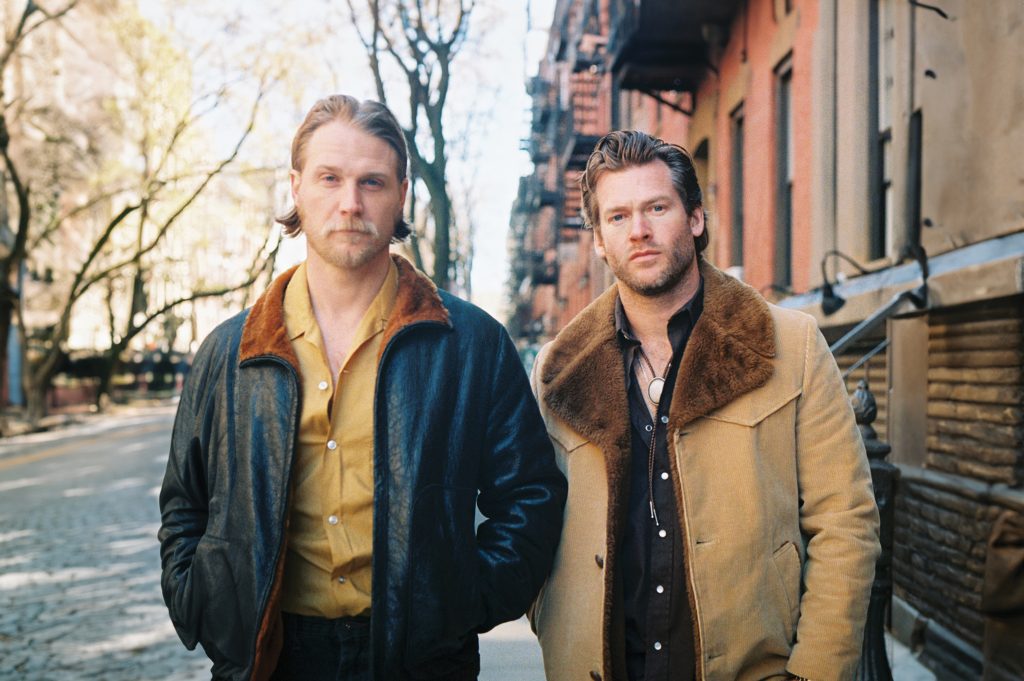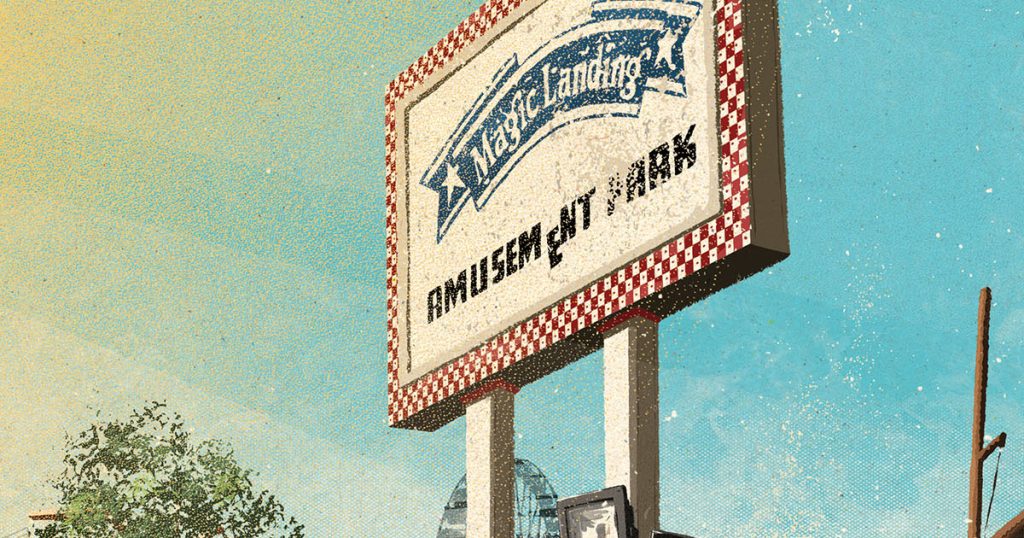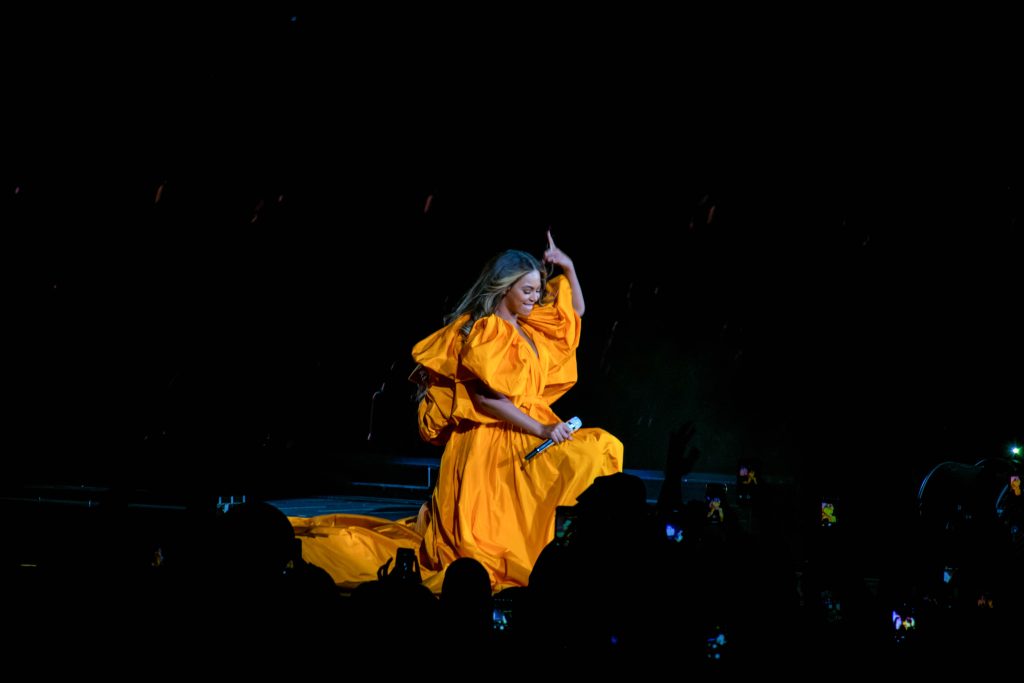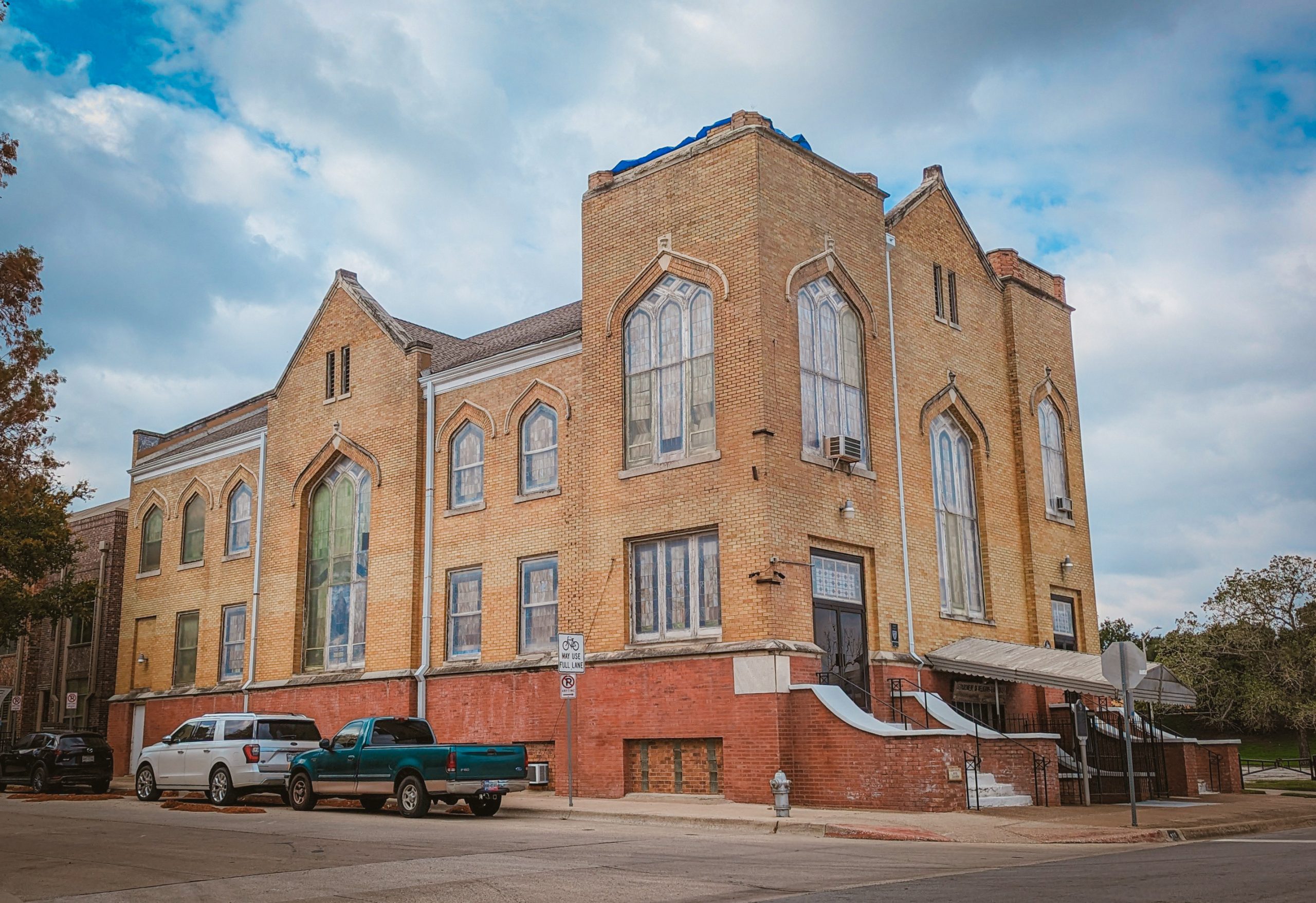
Allen Chapel AME Church on Elm Street in Fort Worth. Photo by Alex Temblador
As I walked toward the Joshua Chapel African Methodist Episcopal (AME) Church in Waxahachie, I noticed a blackbird on the roof fluffing its feathers. Blackbirds symbolize a myriad of things in different cultures, religions, and mythologies, but I’m particularly fond of those who see them as messengers of spirit. So it makes sense to me that the blackbird found rest on an elegant red brick church built in 1919 with Romanesque Revival elements—three arched entry ways, a corner wooden tower, and tall curved windows with stained glass along both sides of the building.
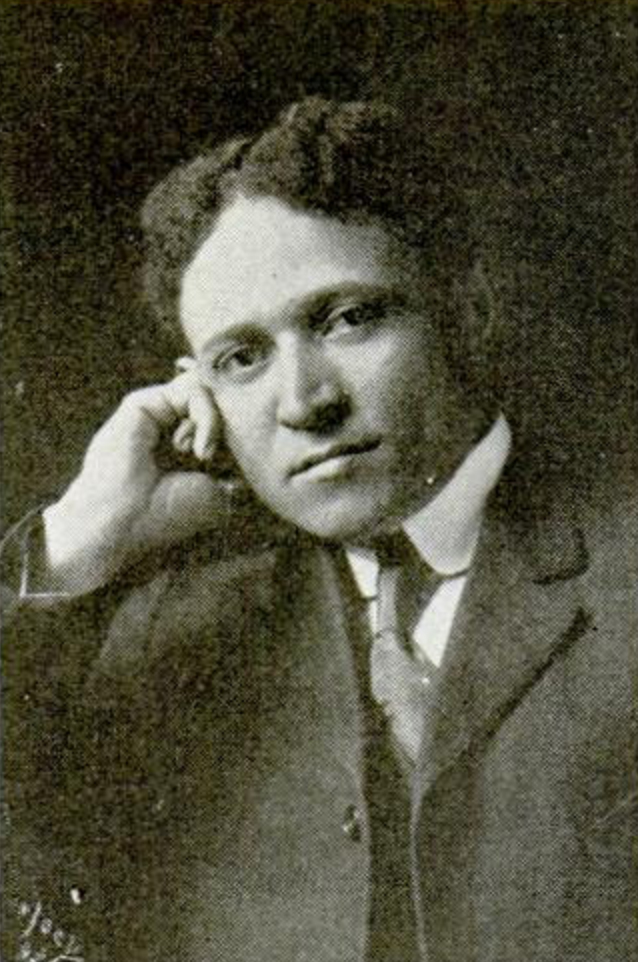
William Sidney Pittman was Texas’ first Black working architect. Photo courtesy Texas State Historical Association
A few weeks before, I visited the Allen Chapel AME Church, which opened in 1914 on Elm Street in downtown Fort Worth. The church had golden bricks and Gothic Revival-shaped windows with stained glass. Piles of bricks in the next-door parking lot spoke to an upcoming renovation. Although different in some ways, the two churches had clear similarity in architectural approach, perhaps because they were both designed by William Sidney Pittman, Texas’ first practicing Black architect.
I originally became acquainted with Pittman’s work when I heard about the opening of The Kimpton Pittman Hotel in Dallas’ Deep Ellum neighborhood in 2020. Previously the Knights of Pythias Temple, the building was designed by Pittman in 1915-16, giving it historical significance as the first major commercial structure in Dallas for African Americans built and designed by African Americans. Filled with storefronts, offices, a drugstore, barbershop, and a ballroom, the neoclassical red brick building was the professional and cultural epicenter for the city’s African American community for decades.
Today, The Kimpton Pittman is an elegant hotel in Deep Ellum (the only hotel in the neighborhood, in fact) with modern rooms, a pool, and delightful restaurant. It’s down the street from another one of his projects, the St. James AME Church, which I’ve driven by hundreds of times in my eight years in Dallas, always admiring the front-facing Classical Revival columns on the second floor without realizing it was designed by a man who had a lasting legacy in the state’s architectural and Black history.
Still Standing:
the Buildings of William S. Pittman
Fort Worth
Allen Chapel AME Church
116 Elm St.
Waxahachie
Joshua Chapel AME Church
110 N. Aiken St.
Houston
Wesley Chapel AME Church
2201 Emancipation Ave.
Dallas
St. James AME Church
624 N. Good Latimer Expressway
Greater El Bethel Missionary Baptist Church
1130 E. Ninth St.
Knights of Pythias Temple/The Kimpton Pittman Hotel
2551 Elm St.
Waco
William Decker Johnson Hall
1020 Elm Ave.
“Before Pittman’s arrival in Texas, African American builders, carpenters, masons, plasterers, blacksmiths, and other craftsmen made economic and aesthetic contributions to Texas’ built environment as designers, builders, and patrons,” says Tara A. Dudley, assistant professor at The University of Texas at Austin School of Architecture.
In 1907, the Alabama-raised Pittman married Portia Washington, the daughter of the famous educator, orator, and author Booker T. Washington. Six years later, the couple moved to what is known today as the Bryan Place neighborhood in Dallas. At that time, Pittman was nationally known as the first African American architect to receive a federal contract for his design of the Negro Building at the Jamestown Tercentennial Exposition in Virginia.
“When Pittman arrived in Dallas in 1913, he brought years of experience having been educated at Tuskegee Institute and the Drexel Institute, taught and designed buildings at Tuskegee, and practiced in Washington D.C.,” Dudley says. “His arrival provided African Americans in Texas access to a professional architect within the race—as opposed to relying on white architects as most did—and who, as a Black man, understood the needs and requirements of the African American community.”
In the early 1900s, most Black architects designed churches as they were one of the few Black institutions that could afford to hire an African American architect, according to San Antonio-based landscape architect Everett Fly. While Pittman designed many a church in Texas, he also designed professional, educational, and community buildings in Dallas, Houston, San Antonio, and many places in between—most notably for Black communities.
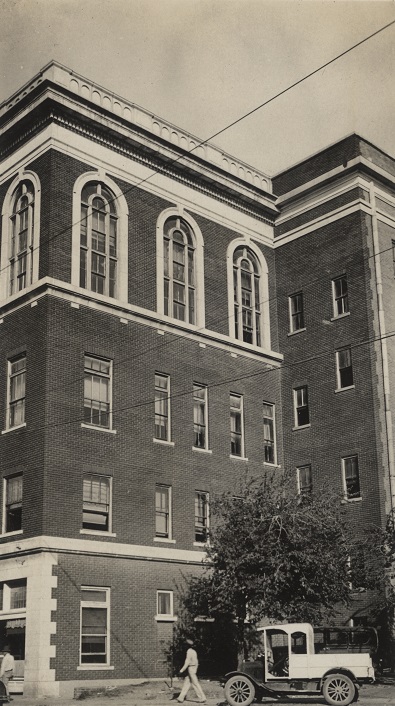
The Knights of Pythias Temple has been restored into the Kimpton Pittman Hotel. Photo courtesy of the George W. Cook, DeGolyer Library, Southern Methodist University/via Texas State Historical Association
“With few trained African American architects in Texas at that time and his status as a newcomer, Pittman’s selection as the designer of such important buildings was a source of pride to the Dallas community in which he lived and the other Texas communities for which he designed buildings,” Dudley says. “He designed some of the largest and most extravagant buildings in those Black towns and neighborhoods.”
Some of his work includes the first library for Houston’s Black population, the Colored Carnegie Library of Houston (1913); the United Brothers of Friendship Hall in San Antonio (1924); the Girls Dormitory (1921) on the Paul Quinn College campus in Waco; and the Riverside Park Auditorium (1923) in Dallas.
“Pittman was especially known for his imposing fortress-like religious and institutional buildings, constructed of brick or stone loadbearing masonry walls with Romanesque Revival and Gothic Revival, and less often Classical Revival, stylistic influences,” Dudley says. “Pittman’s church designs featured elements such as raised basements, roof parapets, corner towers, buttresses, and arched window openings with detailed stonework infilled with stained glass windows.” These same details stood out to me upon my visits to his churches in North Texas.
In his 16 years practicing in Texas, Pittman designed 15 known buildings. Today, only seven of those buildings stand: Allen Chapel AME Church in Fort Worth; the Joshua Chapel AME Church in Waxahachie; Wesley Chapel AME Church in Houston; St. James AME Church, the sanctuary of the Greater El Bethel Missionary Baptist Church, and the Knights of Pythias Temple (now The Kimpton Pittman Hotel) in Dallas; and William Decker Johnson Hall in Waco, which was built on the former campus of Paul Quinn College, a historically Black college. Today, it is owned by nonprofit Quinn Campus Inc. and undergoing a major renovation.
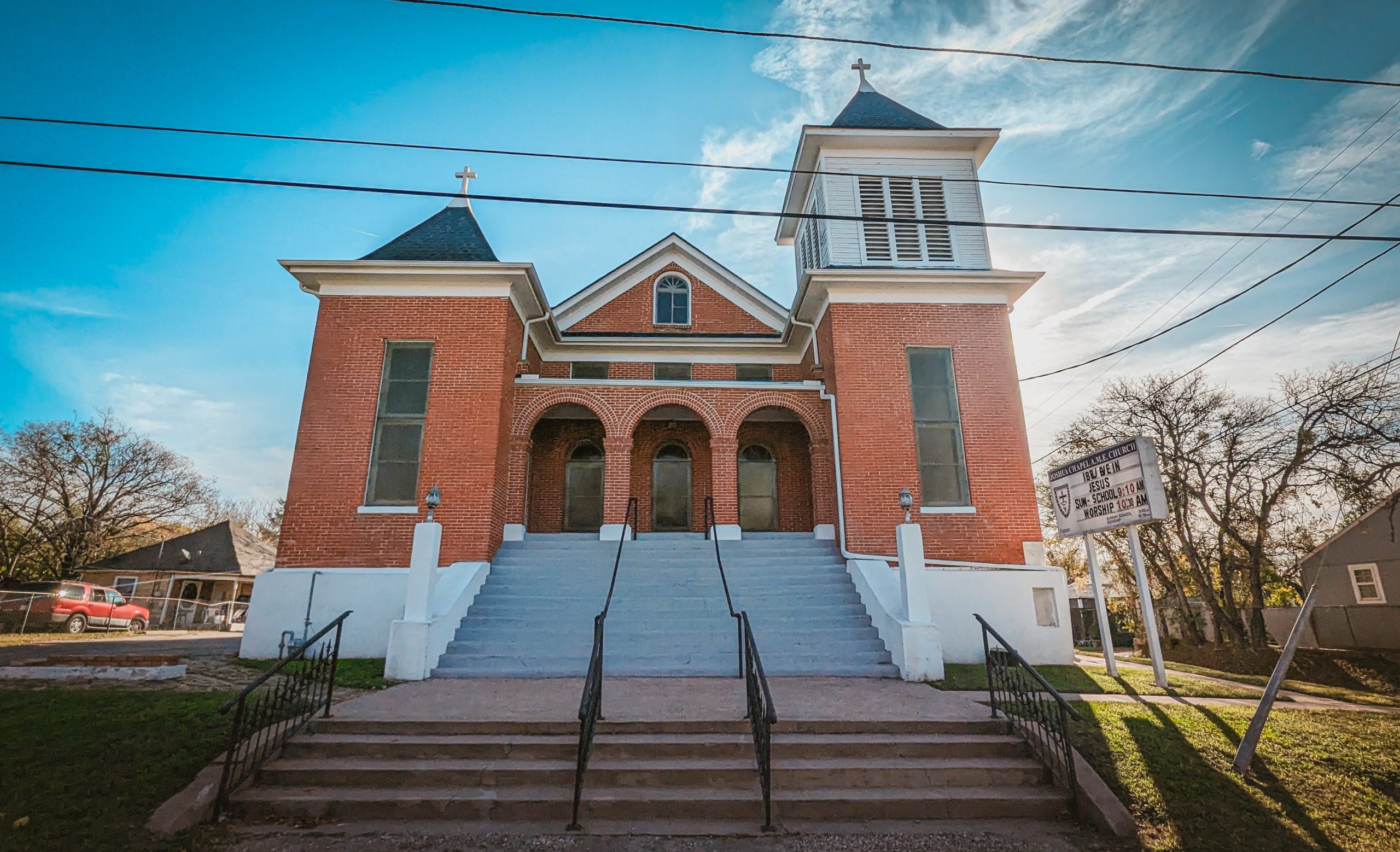
Joshua Chapel AME Church on North Aiken Street in Waxahachie. Photo by Alex Temblador
While his other buildings were sadly destroyed due to fires or to make way for freeway construction, the remaining six stand tall and ready for Texas travelers to visit and see Pittman’s creativity on display. Many of his designs sit within historic Black neighborhoods with African American historical and cultural institutions. At the Glen Oaks Cemetery in South Dallas, Pittman’s grave marker reminds visitors why his buildings are significant points of interest—after all, he was the “first Black architect of Texas.”
“Pittman’s work needs to be preserved for future generations as a testament to his significance in the profession of architecture in the U.S. in the first quarter of the twentieth century,” Dudley says. “Pittman’s buildings remain as a testament to the resilience and agency of Black communities during the Jim Crow era and to Pittman’s skill as an American architect.”
Editor’s note: An earlier version of this story reported only six of Pittman’s buildings still existed. The correct number is seven, with William Decker Johnson Hall located in Waco. The story has been updated to include information about the building.
